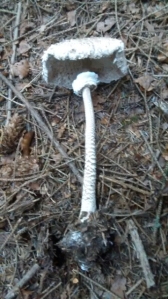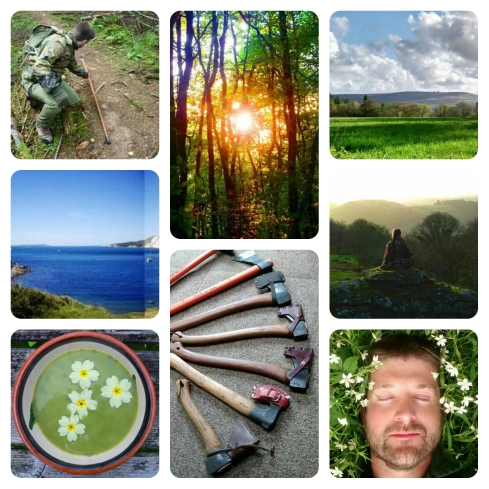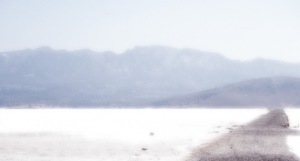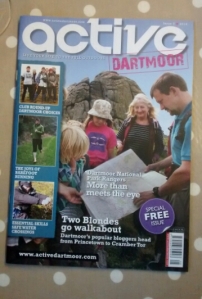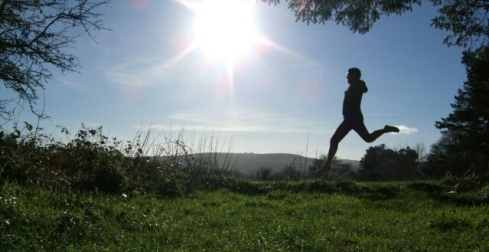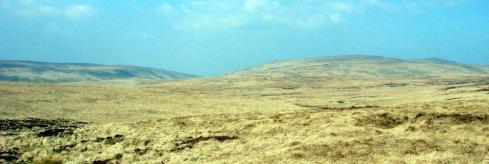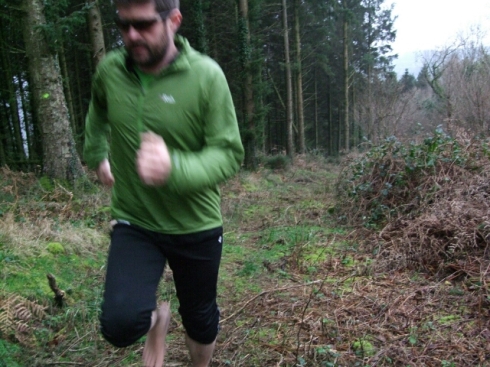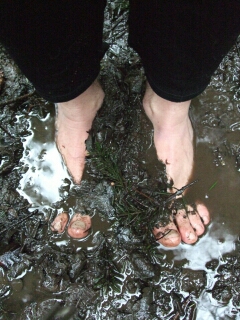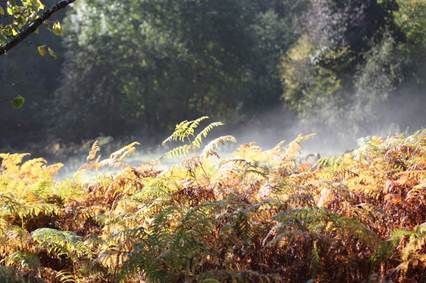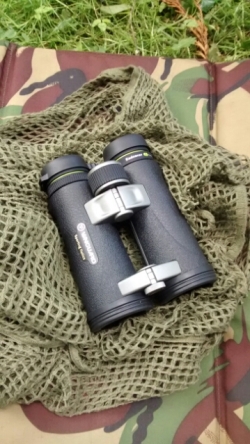
Many Wilderness Guides have a pair of bins as a constant companion. Looking ahead for route choices, spotting wildlife, tracking, stalking and hunting are all part and parcel of its role. We use them from early doors to late in the evening. Deciding fair or foul is not a choice we take when it comes to weather- arctic to equatorial, desert dry to dehli deluge – our equipment is relied upon and trusted, not just for pleasure and leisure but for safety too. Our kit needs to work and work well. Wide paths or smooth terrain are almost never a reality – knocks and shocks are just part of the everyday. When it comes to the scenery we work in the huge vistas of the high fells and plains can turn quickly to the crowded canopies of the woods, forest and jungles. Our optics need to see near and far.
The final litmus test is their packability and portability: they are just one more thing to pack in our sack. It is hardly ever a short stroll from the car…it is days or sometimes weeks on end on the trail. Every ounce hurts. Especially as you get older!
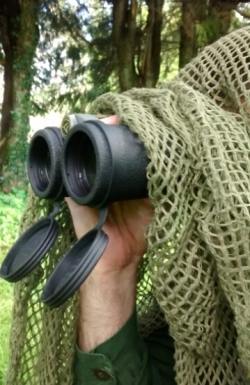
A good package for a wilderness guide.
My choice of binoculars for this review are the Vanguard Endeavour ED 8×42. Designed, developed and produced by Vanguard in China at its own plant rather than contracting it out to an unbranded production facility. Quality control should be less of an issue. 8x optics are a good compromise between magnification and stability, field of view, depth of field and brightness. I bought these through Amazon at a snip of 212 gbp and currently benefiting from an additional 40 gbp cash-back offer.
Taking into account the spec that includes phase correction, silver alloy reflective coatings and full multi-coating on all glass/prism surfaces makes this bino, on paper, a steal. But what counts is real-world quality and performance.
These binoculars are excellent and certainly have a home in amongst my kit. The build quality is amazing, the optics are good and for the price – pretty special. You can get the low-down on the specs on other sites on the web, just do a search. Whilst these reviews are very useful what I am testing is the product in real life, doing a real and important job. This optic is not sitting in a draw, occasionally polished and then taken for a short walk from the car for an hour or two. These bins are taken into the back of the beyond. Into the Wild Lands.
So what do you really need to know? Well, the optics are very good, the build quality is excellent, the specification nearly top-notch and the price amazing.

well made optics and an excellent tethered objective lens cover
So lets take a closer look at what counts:
The optics
ED Glass – which is a type of dense, low distortion/aberration glass that has all the latest corrections and coatings. It offers a bright image, with good resolution, and a generous, sharp sweetspot right in the centre of where your eye naturally looks and focusses. Of course there is field curvature which means the towards the edge the sharpness tails off but at mid-to-longer distances this is very good, nearer it is very acceptable. Take a look at the images below – you will see that images are sharp until quite near the edge. In other bins – especially at this price – the drop-off towards the edge can be quite alarming. Not here though.
Chromatic aberation is fairly controlled (good but not great), contrast is good and the sharpness right at the centre is almost so sharp it hurts. The 42mm objective lens, the highly reflective coatings and the good internal ‘dampening’ of stray light means the images are bright – from dawn until dusk.
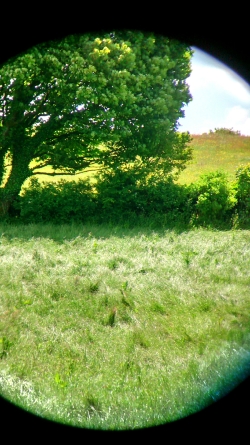
good sharpness, sweetspot and edge definition at medium to long distances (300-1000m) – using a 5mp smartphone camera.
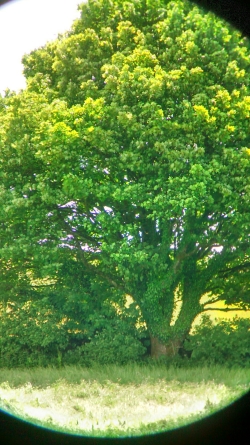
good sharpness and resolution (edge to edge) at medium to long distances (using a 5mp smartphone camera)
The build quality
The rubber armour that protects the barrels of the bins is neither too soft or too hard – well textured and cosmetically very attractive. Looking at the general external surfaces, alignments and internal structures demonstrates a good production line with excellent machining tolerances. The focus knob is large and grippy (even with gloves) and gearing smooth, fast and confident. There is no play in the mechanism. The objective lenses are well recessed for protection. The twin bridge design inspires confidence in holding: even over rough terrain.
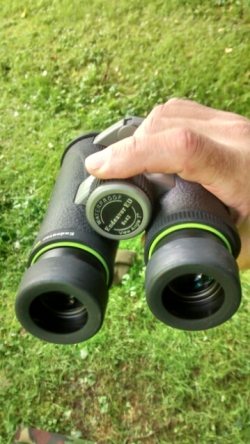
big, agressively gears, smooth focussing knob
The features
I have mentioned the optical features earlier but the addition of multi-stop eyecups and good eye relief, the lockable dioptre adjustment, the large, grippy focussing knob, the tripod mount, the twin bridge design, the rain covers and the tethered objective covers makes for a very complete package. I don’t even need to mention the strap and the case (both good)

Tripod mounting cover at centre of hinge. Excellent objective lens covers.

Large, grippy focussing knob and good, snug eye-cup raincovers

Nice touch – lockable diopter adjustment
Well that’s the good news. Now for the bad. There are few. But for me they are as a professional user, and in the context I use them in, are significant – especially for an ‘endurance’ user.
These bins are heavy. Not so heavy for their class (42mm – full size) and design (roof prism). But they are over 700g. Its not a matter of holding them that is the issue. They are well balanced and comfortable. But with all the other kit I can carry – the bulk and extra weight is something to ponder when packing. Maybe 30 or 32mm objectives would offer a more compact, albeit more compromised package. All these grammes add up. a little here, a little there…..and then you start thinking that maybe there is something one needs to leave behind! Big binoculars often get left at home. However, if you are not carrying the optics for big distances over many days – along with other kit then this will may not be an issue. But I would be interested in comparing their small 30/32mm bins.
The other issue, and this is not specific to the Vanguards, is the narrow depth of field. Roof prism designs often ‘suffer’ from a narrow ‘in focus’ band or depth of field. This means that re-focussing – especially in woods or forests – can be a constant hassle. On the other hand the traditional porro-prism design often benefits from a greater depth of field, making the focussing less onerous or irritating. But this is not an issue restricted to the Vanguards but almost all roof prism designs. Its just part of the compromise (for a more compact and robust package) that you have to accept. However, the large focussing knob with agressively fast gearing is a mixed blessing. Focussing can be fast from near to infinity: almost too fast. It is easy to overshoot the mark. However this is just a personal preference and a niggly observation at that. You might, on the other hand, quite like this characteristic. On the open range, and at greater distances this is not an issue. But a few hours in a woodland will give you a good sense of what I mean and if this is something that is irrelevant or becomes irritating.
One of the reasons for the keen price on these bins is that a new model has come out. One that has improved Hoya ED glass. Combining this into a 8×30/32 package is something I am very interested in trying as it may suit my professional needs more closely. But until the piggy bank is full again this will have to wait until another day!
My score for these bins is a solid 8/10. Well done Vanguard. Go get a pair while stocks last.








































